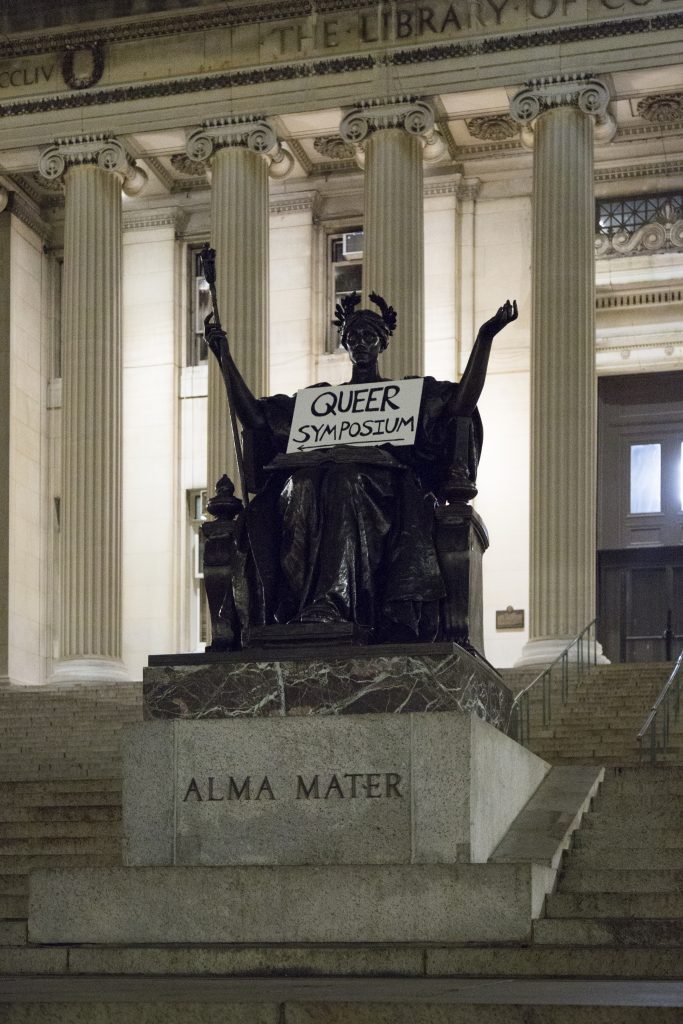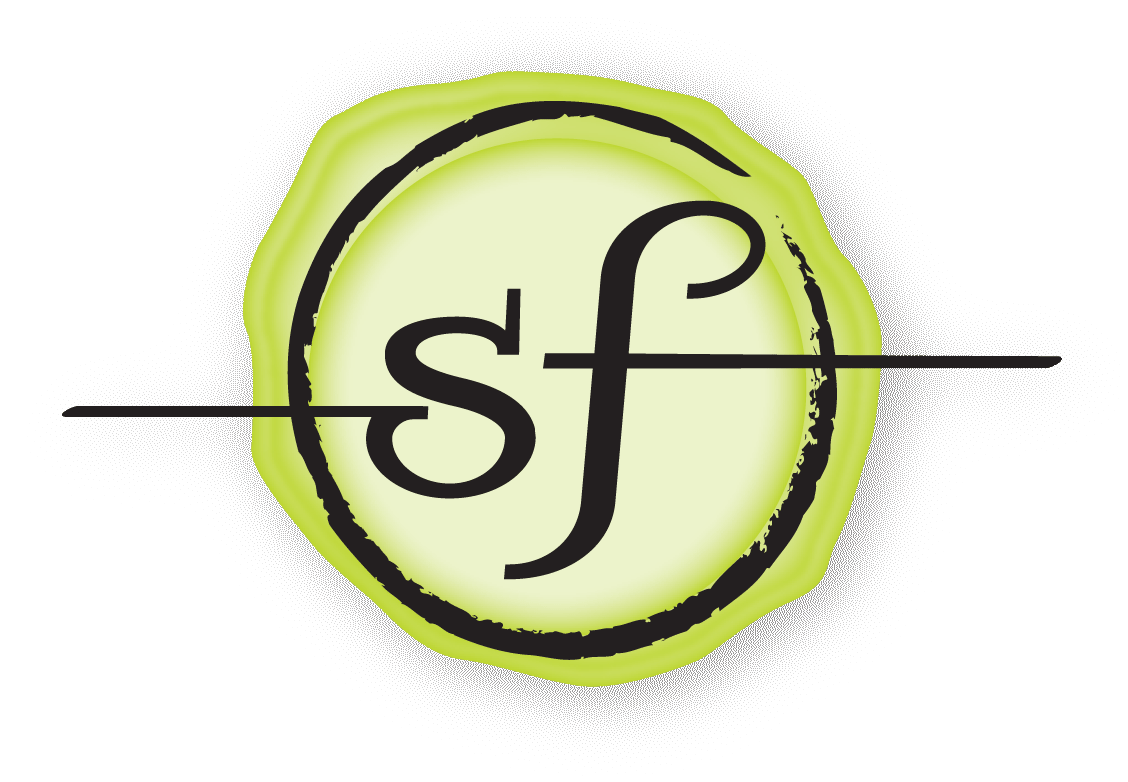It’s spring time again, and in my world that means a fresh series of trips, conferences, and public talks. In fact, I am writing this post having already set off on this year’s spring public history tour.
Last week, March 27-30, 2019, the National Council on Public History held its annual meeting in Hartford, Connecticut. The theme was “Repair Work,” and I was heartened to see a significant percentage of conference sessions grappling with big questions of social justice and cultural sensitivity. And there were so many sessions on LGBTQ public history that I couldn’t even make it to them all! You can catch the highlights on Twitter with the hashtag: #NCPH2019.

This week, April 4-7, 2019, the Organization of American Historians will host its annual meeting in Philadelphia, and I will also be in attendance at this conference. This event tends to draw more academic historians than the public history conference does, so I find it’s a good chance to catch up on the latest scholarly trends in my discipline. And even though this conference excels at scholarly research, it offers some public history and professional development sessions as well.
In fact, I’ll be moderating one such session on April 6, 2019: “NPS 101: Historical Research and Writing for the National Park Service.” My co-panelists and I envision this session as an introduction to the types of historical work being done by the park service and how historians can go about getting hired for such projects. If you’re attending this conference, come on by to our session and hear what we have to say.

While in Philadelphia, I will also be speaking at the University of Pennsylvania School of Design on April 4, 2019. The talk will be part of Penn’s “Preservation Theory and Practice” seminar, and I will be discussing the ways that the historic preservation of LGBTQ cultural resources dovetails with other current issues in the profession, such as the destruction of historic landscapes to make way for new development and the larger efforts of preservationists to tell more inclusive stories about the past.
Finally, I’ve been invited to speak as part of the Stonewall 50 Preservation Symposium at Columbia University on April 6, 2019. (And yes, alert readers, I am indeed pulling a Phil-Collins-at-Live-Aid move and giving two performances in two different cities on the same day–my enthusiasm shall carry me through!)
The Columbia Symposium offers a full day of talks and tours on LGBTQ historic preservation, including my talk “Were They or Weren’t They? Negotiating LGBTQ Identities at Historic House Museums.” Best of all, the event is open to the public and free with an RSVP, so spread the word.
All in all, these various adventures add up to a stimulating week of meeting new colleagues, catching up with old professional friends, and discussing the latest innovations in the work of sharing the past with a wide audience.
